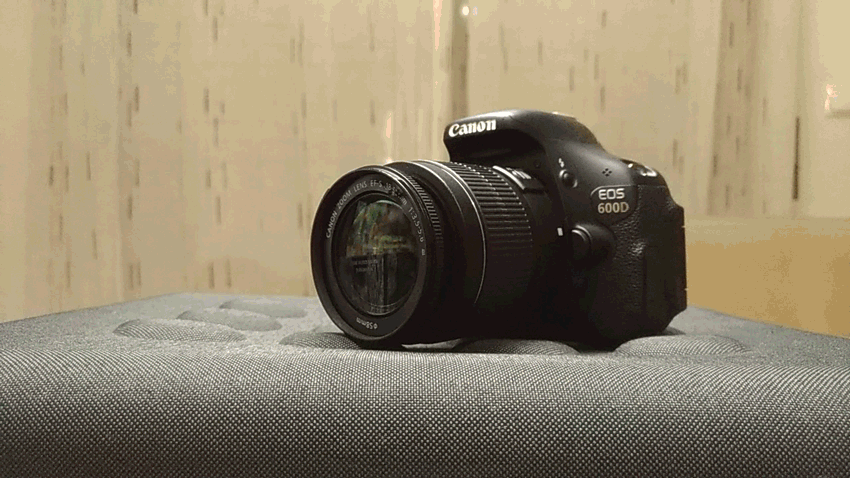
Hi Everybody :)
Step into the tiny worlds that often escape the naked eye, in this exclusive Hive article, we dive into the art and wonder of macro photography.
Today the focus is on the upper part of a small oyster shell, revealing a visual universe where natural matter transforms into pure aesthetic abstraction. As the zoom brings us closer to the surface, the shell ceases to be merely a biological object and becomes a territory of shapes, textures, and colors that interact with each other in subtle harmony.
The background of the visual composition, as always blurred and softly diffused, presents abstract contrasts in white and gray tones, creating a neutral visual environment that highlights the chromatic and structural richness of the main object. This absence of distractions allows the eye to focus on the shell, which appears almost like a miniature landscape, an organic fragment that seems to contain traces of sea, time, and life.
The texture reveals a fascinating alternation between smooth zones, polished by natural erosion, and scaly areas, where successive overlapping layers become visible. This overlapping creates a visual rhythm that suggests movement and continuity, as if each layer were a record of the growth and resistance of the organism that gave rise to it.
The shades range from deep purple, dark blue, smoky white, and brownish sepia, creating a palette that blends cool and warm, mineral and organic tones. Purple, in particular, stands out, a color that introduces a note of mystery and delicacy, contrasting with the sobriety of the neutral shades.
Let's now move onto the result:

















Among the numerous techniques available for macro photography, this method is arguably the most cost-effective and efficient for individuals possessing a camera with a removable lens. By simply detaching the lens and reversing its direction, and employing an inversion ring, the process becomes more manageable and streamlined.
Technical Description
- Session Purpose
The main objective of this macro photography session is to capture detailed images of this structure, with a focus on thoroughly observing and documenting the visual characteristics and details.
Used equipments
Camera: Canon EOS 600D Digital SLR with CMOS sensor
Lens: EFS 18-55mm with f/5 maximum aperture, allowing shallow depth of field and capturing fine details.
Used inverter ring
Tripod: not used
Lighting: Adjustable LED lights to provide soft, even lighting, avoiding harsh shadows and highlighting the details of structures.
Camera Settings
Focus Mode: Manual focus to ensure precision in specific details of the structure.
Aperture: Variable aperture between f/3 and f/5 for adequate depth of field, ensuring all important details are in focus.
ISO: Low ISO setting (600) to minimize noise in images.
Shutter Speed: Adjust shutter speed as needed to avoid underexposure, while maintaining a value that allows you to capture sharp details.
The session is closed for today.
Hope you like it :)

These photos weren't taken with a tripod
Camera - Canon EOS 600D
Lens - EFS 18-55mm
Location - Portugal

See you soon
Thank you for watching
Never forget
The price of anything is the amount of life you trade for it.
Time is life... value yours, make every fraction worth it.
Me encantaron tus macro fotografías son muy buenas
Glad you like it :) Thanks for your words